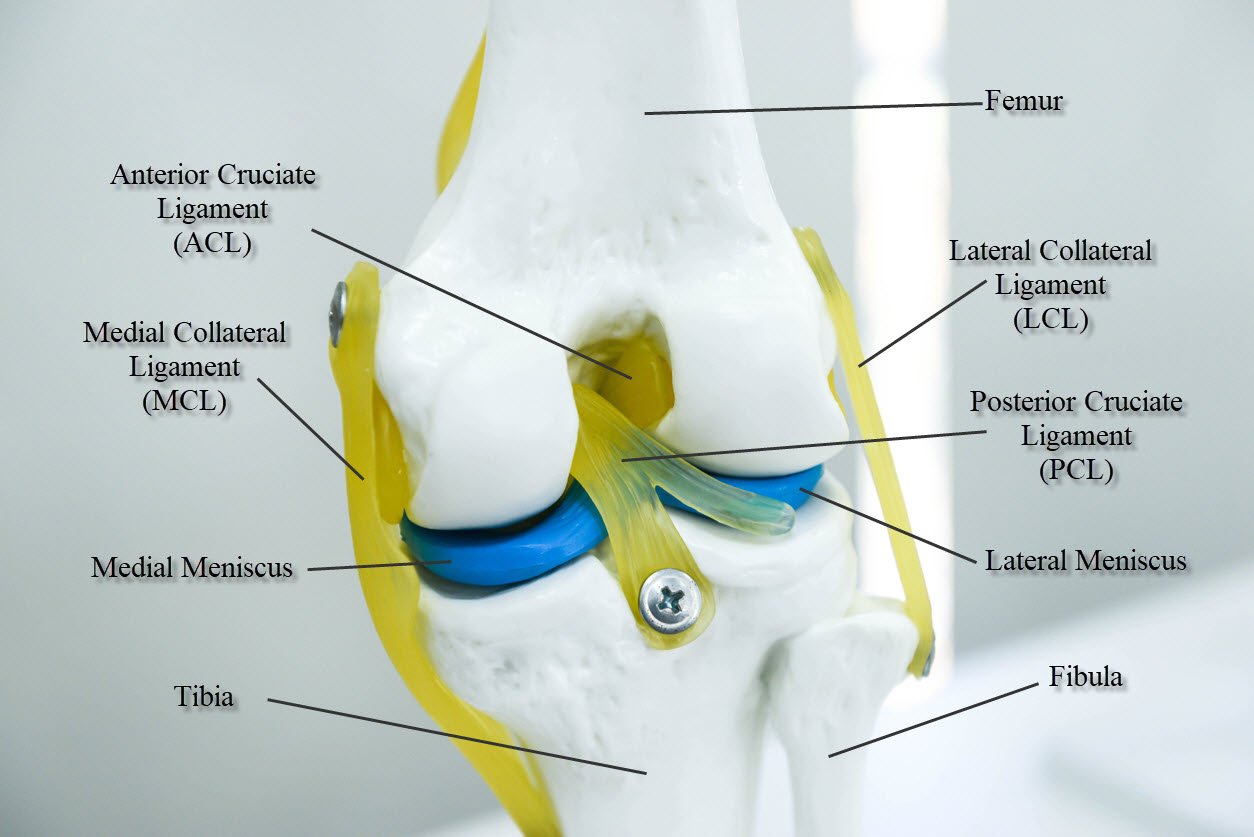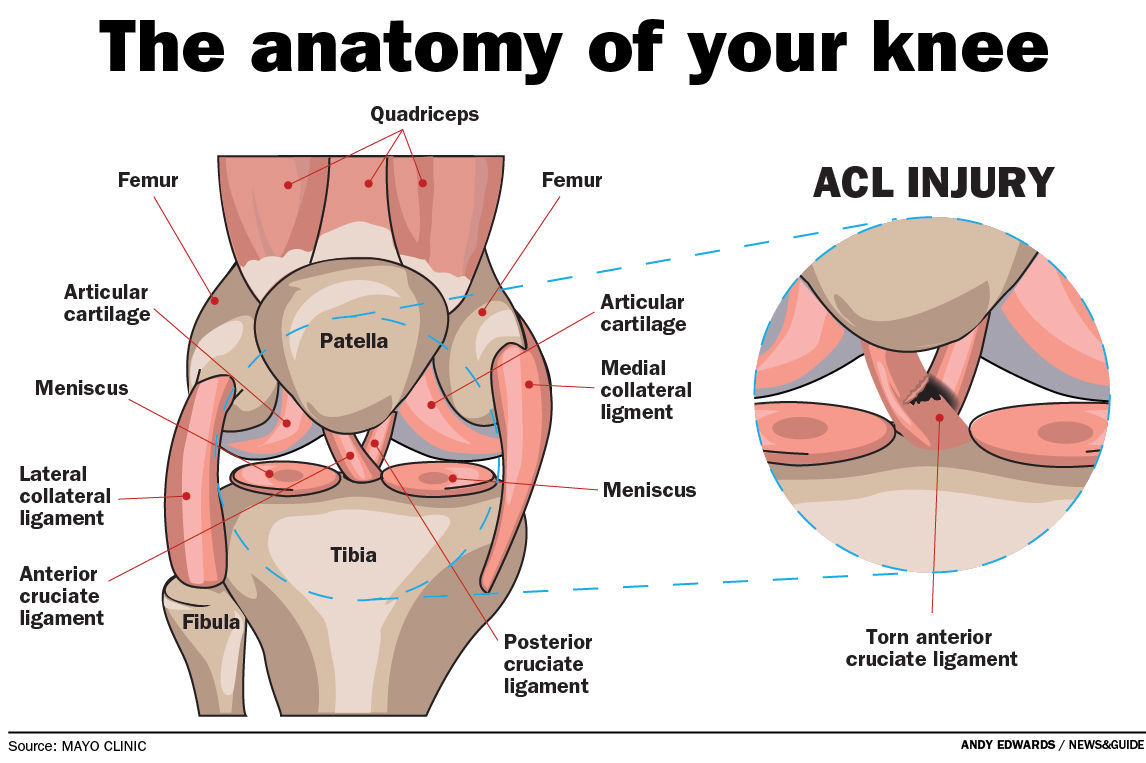

Though the scar tissue that forms around the knee over time does help, the only way to truly resolve the lameness is with surgery. Since the CCL becomes injured due to it being too weak, it unfortunately will not heal with rest or medication. A meniscus injury is quite uncomfortable so there is typically a significant lameness as well as the clicking. It sometimes creates an audible “click” in the knee that can be heard when going on a walk. The meniscus, a shock-absorbing pad of cartilage, can easily become torn or injured due to the knee moving in an abnormal way. Walking on the unstable knee puts more stress on other structures in the joint. This makes the injured side look bigger than the normal knee. If the two injuries happen at the same time and both knees are affected at once, the dog may seem to be “stiff” in the hind end, or be reluctant to go for their normal walks or get up at all.ĬCL injuries cause inflammation and swelling in the knee and over time scar tissue develops. Lameness & stiffness in both back legsĪlthough it’s usually noticed as a lameness on one leg first, about 60 percent of patients that have a CCL injury will go on to get one in the other knee within two years. They may sit or lie with their leg sticking out to the side rather than tucked in like normal, as it hurts to bend the knee.ģ. They might seem to get better with rest, but then become lame again as they become more active. They can suddenly be so uncomfortable that they will not put the foot down at all.Īlternatively, some dogs show a gradually worsening, on-and-off lameness over weeks or months. This can come on without warning when the weakened ligament gives way as the dog is running or playing. An injury causes instability of the joint, resulting in discomfort, and the following common signs: The CCL primarily prevents the shin bone (tibia) from shifting forward and the thigh bone (femur) from shifting backwards. Normal activity can then cause the weakened ligament to tear without any unusual force or injury.


This is why we see it so commonly in certain breeds. Instead, the ligament gradually becomes weaker over time, partly due to genetics. The other difference is that ACL injuries in people are usually traumatic sporting injuries. In both people and dogs, the front part of the cross is the ligament that gets injured, except in our four-legged friends, it’s known as the “cranial” cruciate ligament-so technically, though frequently referred to as ACL, it is correctly abbreviated to CCL. Just like in people, there are two cruciate ligaments within the dog’s knee, and they form a cross (which is where the name “cruciate” comes from). In fact, cruciate damage is the second most common orthopedic condition found in dogs after hip dysplasia, and is the most frequently operated orthopedic condition in our canine friends. Just like athletes, dogs can end up with a cruciate ligament injury. Football, hockey and soccer players are not the only ones to get sidelined due to knee problems.


 0 kommentar(er)
0 kommentar(er)
